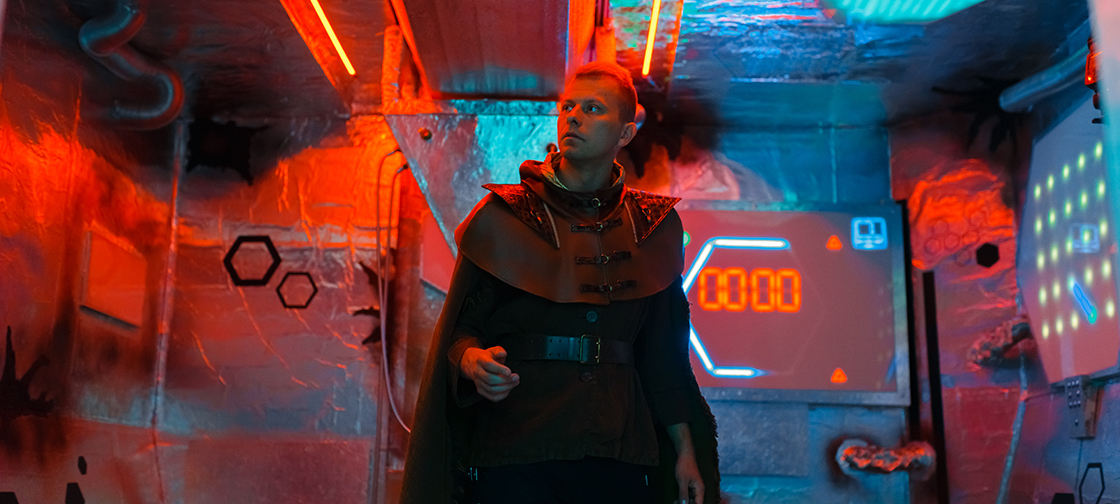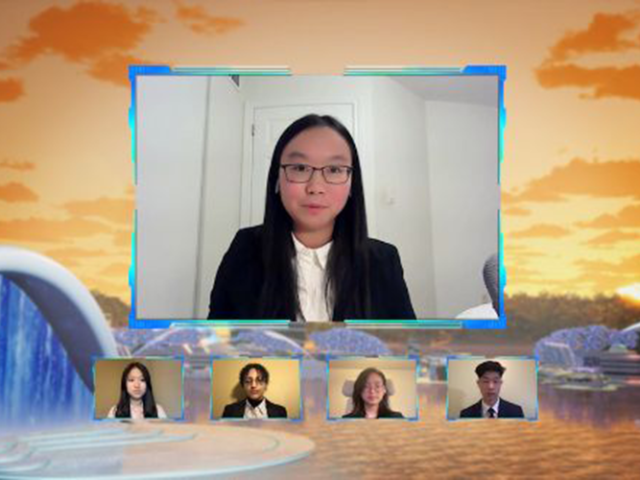Each year, US space agency NASA asks startups with ideas that could improve space exploration to apply for their iTech initiative. Among the ten finalists in the current competition (October 7 and 8) is MyelinS. This startup at the Technical University of Munich (TUM) began developing software for intelligent prostheses and ended up inventing new ways for astronauts and robots to interact in outer space.
“Our software provides three basic features,“ says Zied Tayeb, a doctoral candidate at TUM’s Institute for Cognitive Systems and, together with Samaher Garbaya, one of the minds behind MyelinS. “The first feature is navigation: We use machine learning algorithms to enable a robot to create an internal map of its surroundings and avoid obstacles.” This is important even in remotely-controlled robots, since it enables the pilot to concentrate on the actual task and let the robot deal with the navigation – a concept called shared control. “The second feature is tactile feedback,” continues Tayeb. “Our software can learn to translate input from the robots tactile sensors into output generated by vibration motors. Imagine, for example, a robot handling rock samples: The scientist in control would be able to feel the structure of these samples.”
Curiosity as a feature
The third major feature of the MyelinS software is curiosity. Many great discoveries start with a sentence like “Wait … that looks interesting“. “We use machine learning to teach our algorithm which kinds of things ‘look interesting’ and should be highlighted,” says Zied Tayeb. “Depending on which human expert trained the machine’s curiosity, this could be strange rocks, bent machine parts or three-eyed fish.” The MyelinS software is platform-independent and thus can be used as an interface for many different kinds of robots.
Source: “From health care to space robotics”, Technical University of Munich




